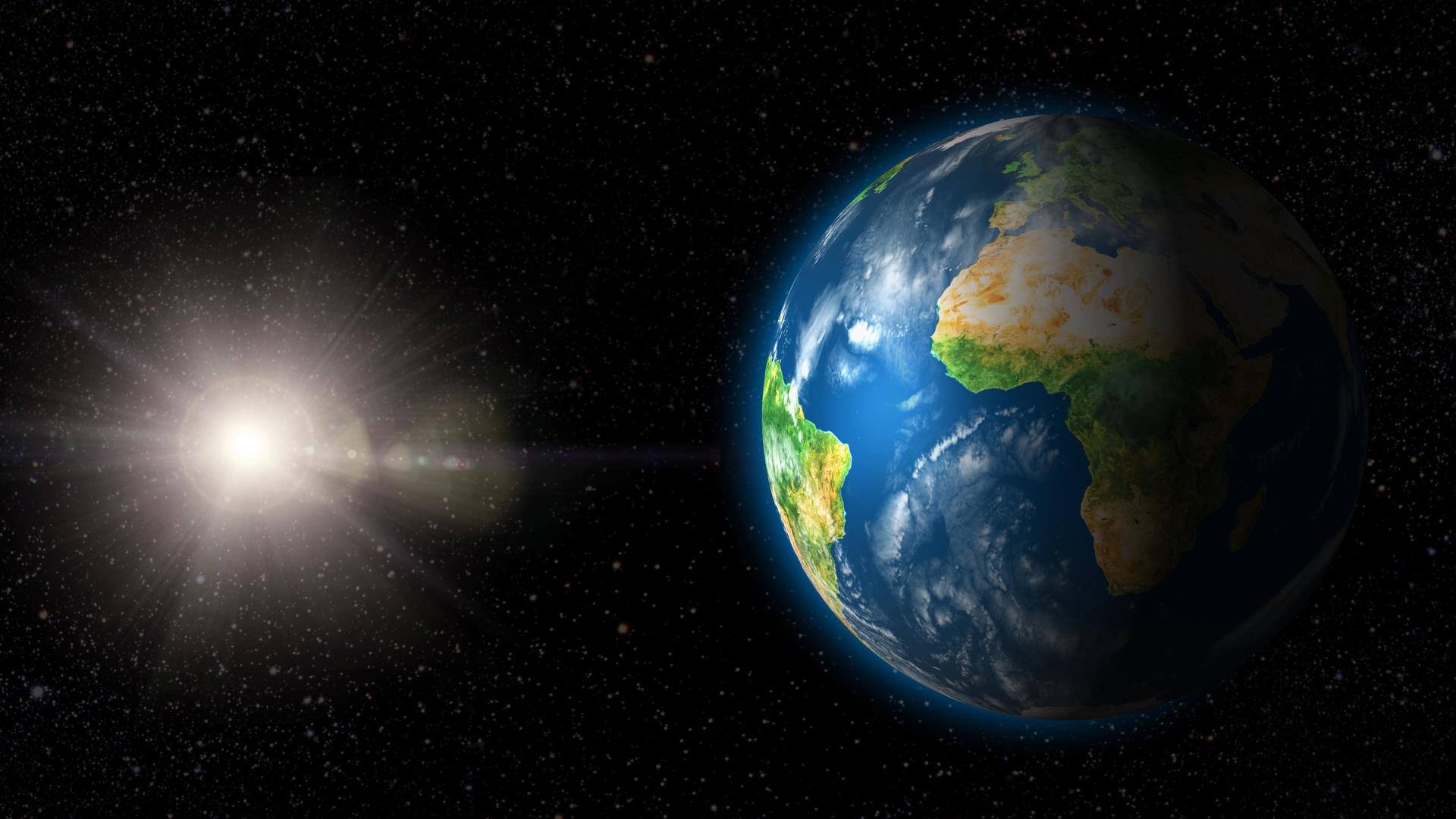
Everything you need to know about the spring equinox
What's the story
The spring equinox marks the beginning of spring in the Northern Hemisphere, ushering the return of warmer weather, blossoming flowers, chirping birds, buzzing bees, and colorful butterflies. Also known as the March equinox or vernal equinox, it occurs every year around March 20-21 when the sun crosses over the equator to the other hemisphere. Let's dive in to understand this phenomenon in detail.
Equal day & night
What exactly is the spring equinox?
The word "equinox" has been derived from Latin words "aequus" which means "equal" and "nox" which means "night." As the sun crosses over the equator shifting from the southern to the northern hemisphere on the spring equinox, both hemispheres receive approximately the same amount of sunlight. This ensures that the day and night are almost equal in length on this very day.
2023
When is the spring equinox in 2023?
This year's spring equinox occurs today (Monday, March 20). But who decides this specific date? It's not any weatherman or any institution it is purely determined by astronomical events. Specifically, it is the precise moment when the center of the sun appears directly above the earth's equator as the earth's axis begins to orient the northern hemisphere towards the sun.
Warmer weather
What happens during the spring equinox?
During the spring equinox, the tilt of the Earth's axis is oriented neither away from nor towards the sun, resulting in the sun's rays being directly overhead at the equator. This results in approximately 12 hours each of daylight and darkness across the world, which means more hours of daylight that adds to a gradual increase in temperatures as the Earth's surface warms up.
Fertility & renewal
Why is the spring equinox celebrated?
For many ancient cultures, the spring equinox was a time to celebrate the return of fertility to the land and to pray for a successful growing season. The spring equinox is also seen as a time of renewal and rebirth. As the world awakens from the winter sleep, the new growth and blossoming of flowers and trees symbolize the cycle of life and death.
Celebrations
Festivals and rituals around spring equinox
Across many cultures and traditions, the arrival of spring is marked by various rituals, ceremonies, and celebrations. In some cultures, it is celebrated as a time of renewal and rebirth while in other cultures, it is associated with fertility and abundance. In India, the festival of colors - Holi is celebrated on the full moon day that falls closest to the spring equinox.
Information
Japan celebrates it as a national holiday
Since 1948, Japan has been celebrating the spring equinox as a national holiday. Called Vernal Equinox Day or Shunbun no Hi, the day is celebrated along with the Haru no Higan festival, which lasts for one week.
Information
Iranians celebrate Nowruz
Nowruz, also known as the Iranian New Year or Persian New Year, has been celebrated for over 3,000 years and is deeply rooted in Persian culture. It is a time for families to gather, exchange gifts, and share a special meal together.
Information
Christians celebrate Easter
The Christians celebrate Easter on the Sunday following the first full moon after the spring equinox. The Easter egg is a symbol of new life and fertility and is often associated with the arrival of spring and the renewal of nature.
Information
The Mayans observed the day in their own fashion
The ancient Mayans of Mexico used to publicly gather on the equinox to watch the sun make shadows against the Pyramid of Kukulcan or El Castillo. As the sun sets, it creates a pattern of shadows that resembles a serpent descending down the pyramid.